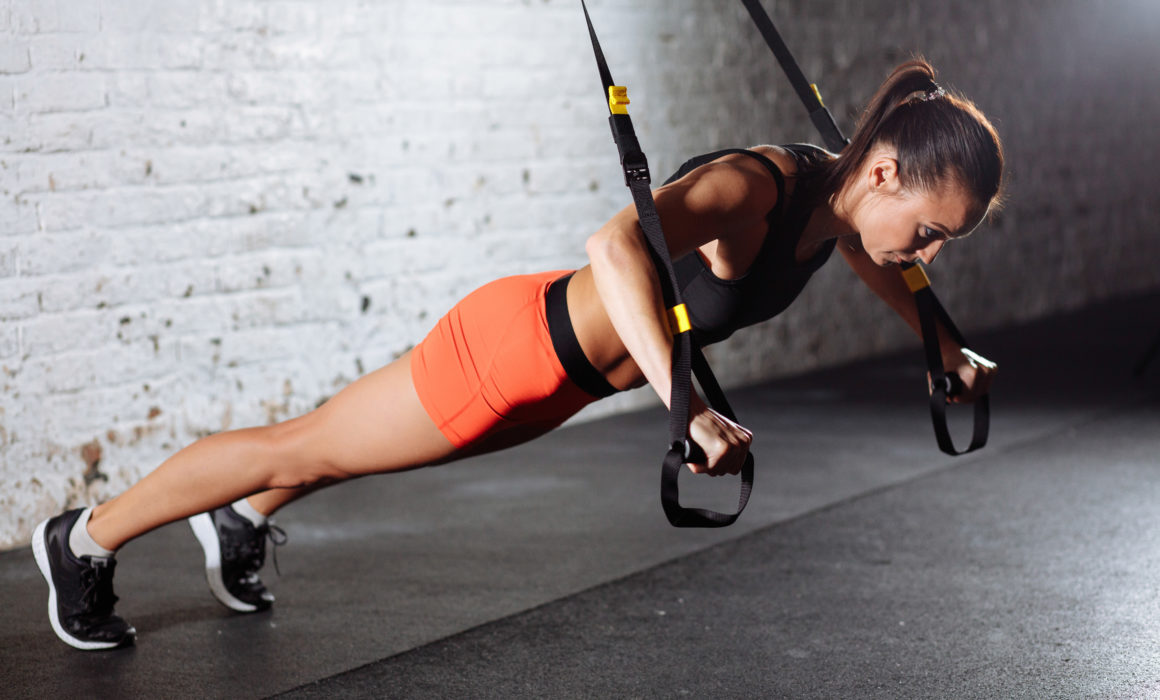Optimize Your Time at the Gym with These 4 Training Methods
Optimize Your Time at the Gym with These 4 Training Methods
Michol Dalcourt developed the 4Q Model after years of research. Who’s Michol Dalcourt? He is the founder of the Institute of Motion, inventor of a piece of equipment called the ViPR (see picture below), and co-founder of PTA (Personal Training Academy) Global.
Now that you know Dalcourt’s credentials, let’s take a look at the 4Q Model:
As you can see in the graph, there are 4 quadrants of training:
- Loaded Linear Training
- Unloaded Linear Training
- Loaded Movement Training
- Unloaded Movement Training
There are also X and Y axis. The X axis is linear movement and transitional movement. Linear movement is one-dimensional movement along a straight line. Transitional movement is moving from one position to another. Think about babies for this one – yes, babies. For instant, a baby rolling, getting up to standing and getting back to the floor from standing, etc. The Y axis is Loaded and Unloaded – meaning weighted or non-weighted.
So, now that we have clear understanding of what the 4Q Model is, let’s dive in deeper to each quadrant:
- Loaded Linear Training: This is probably the most common training you would see in a gym, more specifically in the weights area. This type of training is linear, movement from front to back and side to side (Frontal and Sagittal Planes of Motion). It is loaded, meaning that you have some type of weight during this type of training methodology. As you can see in the model this includes exercises such as Bench Press, Deadlift, Hang Clean and Bicep Curl.
- Benefits of this method:
- Greater muscle Hypertrophy
- Time under tension
- Increase hormonal release
- Improvement in Stability / Strength / Power
- Improved intra-muscular coordination
- Benefits of this method:
- Unloaded Linear Training: Very similar to Loaded Linear Training, but unloaded (so no weight). Some examples, as see in the model, are running, cycling and swimming.
- Benefits of this method:
- Re-education of neuro-muscular system
- Stability / Mobility training
- Weak Link Activation
- Targeted tissue improvement (i.e. muscle)
- Improved intra-muscular coordination
- – Cardio and motor efficiency
- Benefits of this method:
- Unloaded Movement Training: This is multi-plane, unloaded training. Think about the baby – crawling, rolling, standing from a seated position and getting back to seated from standing. Some examples, aside from the ones in the model, includes yoga.
- Benefits of this method:
- Rapid NS activation
- Mostability training
- Improved Motor learning
- Speed, agility, quickness improvements
- Increase functional reaction capabilities
- Benefits of this method:
- Loaded Movement Training: This is multi-plane and loaded. Examples of this method include warding patterns and ViPR training (tool pictured above).
- Benefits of this Method:
- Greater adaptations in muscle, nerve, skin, fascia
- Less compressive forces
- Increase hormonal release
- Improvement in multi-directional Stability / Strength / Power
- Improved inter-muscular coordination
- Whole body integration
- Benefits of this Method:
So, what method is the best? There’s not one training method that is better than the other and creating a program that’s comprehensive with all of these methods is ideal. There are several benefits to each method and if you want results, having a combination of all of these will get you there. With that said, you can see how Loaded Linear, Unloaded Linear and Unloaded Movement Training are all rather popular. Loaded Movement Training, although it’s becoming more popular, it’s still a method that is challenging to ensure you train. The reason why you want to train using this method is because it will create a more resilient human body. If you think about it, we do things such as carrying groceries from the car to the house. We carry toddlers on our hips. We reach down on the ground to pick something up or reach up to get something out of the cabinet. We are constantly in multi-planes with load throughout our lives. So, if we also train in this way, we create a more resilient human body! Try adding this to your next workout routine. If you can’t get your hands on a ViPR for training, try adding some of these movements to your workouts:
Weighted T-Plane Squat
Weighted Halo Chop
Wood Chopper
Squat with Figure-8
Those are just a few to get your head in the right mind space. Get creative! If your wanting help creating a comprehensive program that includes all 4 methodologies of the 4Q Method, let us know! We’d be happy to help.
*Reference: Michol Dalcourt, Institute of Motion: Loaded Movement Training

